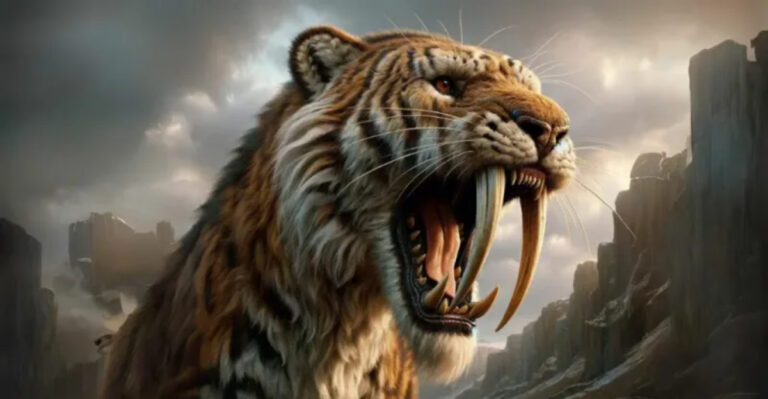10 Exotic Amphibians That Are Tougher Than They Look
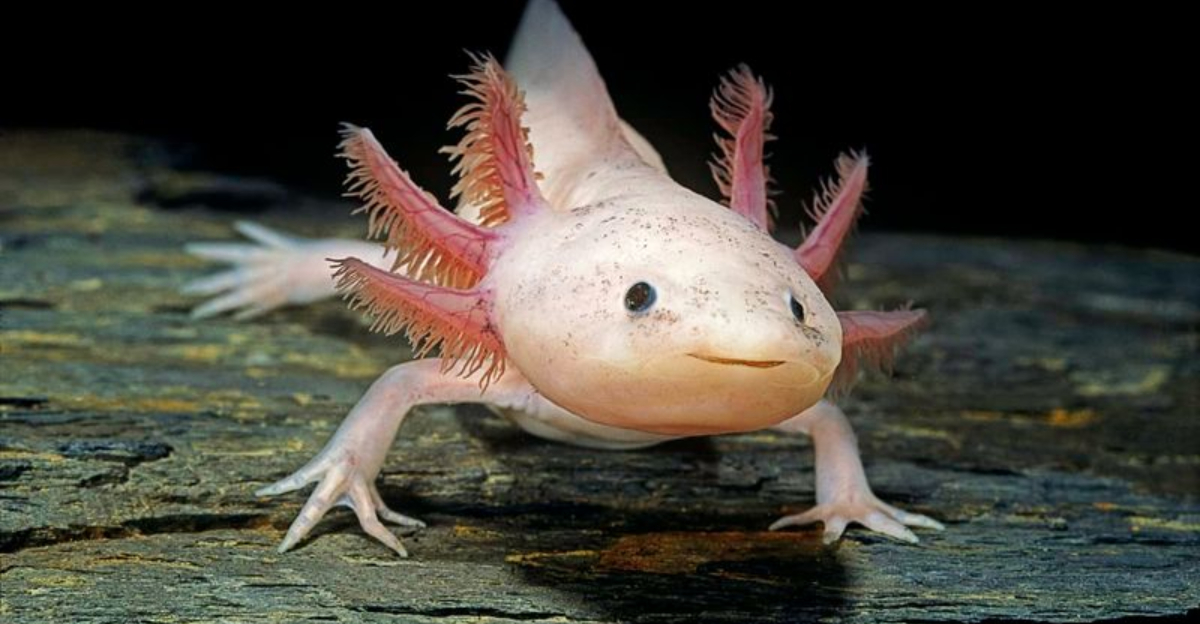
Amphibians are often thought of as delicate, vulnerable to changes in their environment. However, some exotic species break this mold, showcasing remarkable resilience and toughness.
These incredible amphibians are experts at surviving in extreme conditions and have unique defense strategies that make them stand out.
1. Darwin’s Frog
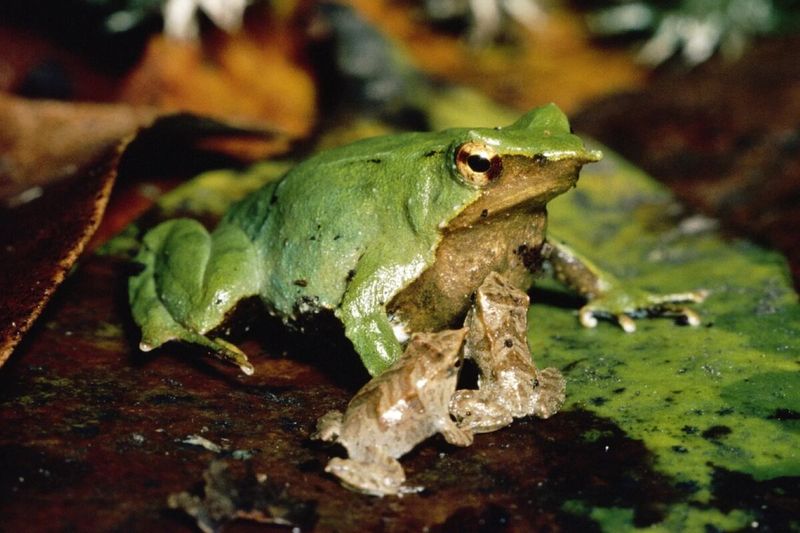
Darwin’s frog, native to the forests of Chile and Argentina, has a unique twist on parenting—it’s the dad who takes charge! After the female lays eggs, the male guards them until they hatch.
Then, he scoops up the tadpoles in his mouth and keeps them safe in his vocal sacs until they’re ready to become little frogs.
This incredible strategy protects the young from predators and harsh conditions. Sadly, with deforestation threatening their homes, conservation efforts are vital to keeping these fascinating frogs around.
2. Axolotl
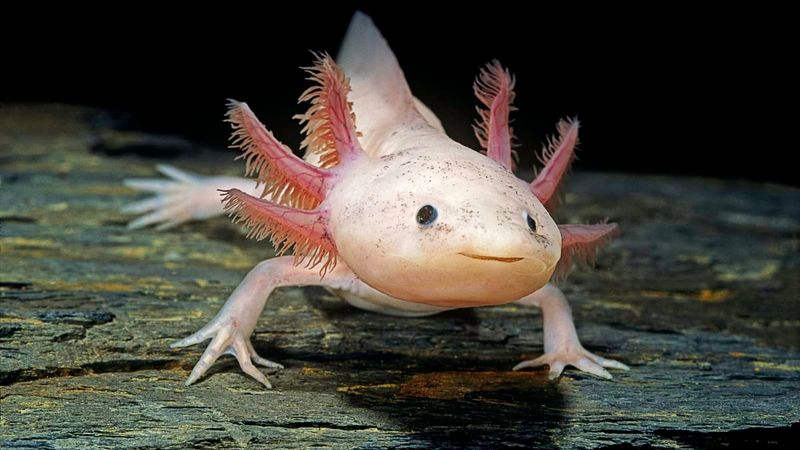
The axolotl, or Mexican walking fish, is an extraordinary amphibian known for its incredible ability to regenerate body parts, including limbs, heart, and even parts of its spinal cord.
Found in Mexico’s freshwater lakes, this regenerative power makes it a fascinating subject for scientific research—imagine regrowing a perfectly functional limb!
Despite its delicate appearance, the axolotl’s resilience sets it apart in the animal kingdom and offers hope for advancements in regenerative medicine.
With its habitat threatened by pollution and urbanization, conservation efforts are crucial to ensuring these remarkable creatures continue to thrive in the wild.
3. Wood Frog
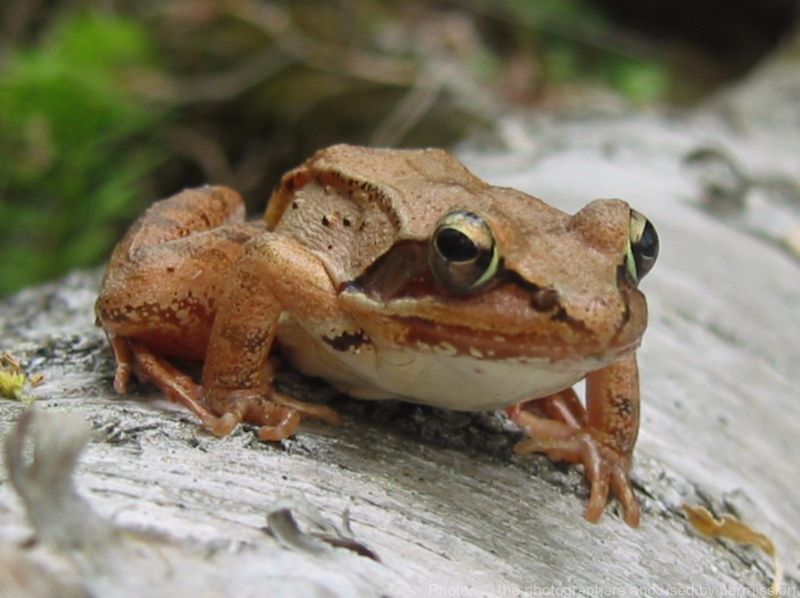
The wood frog, found across North America, is a true survival expert, able to endure freezing temperatures that would be lethal to most creatures.
As winter sets in, it becomes almost completely frozen—its heart stops, it stops breathing, and its body is in a state of suspended animation.
This incredible feat is possible because it produces a natural antifreeze that keeps its cells from freezing solid. When spring arrives, the frog thaws out and hops away as if nothing happened.
This extraordinary ability to survive the cold showcases nature’s ingenuity and makes the wood frog a fascinating subject for study!
4. Surinam Toad
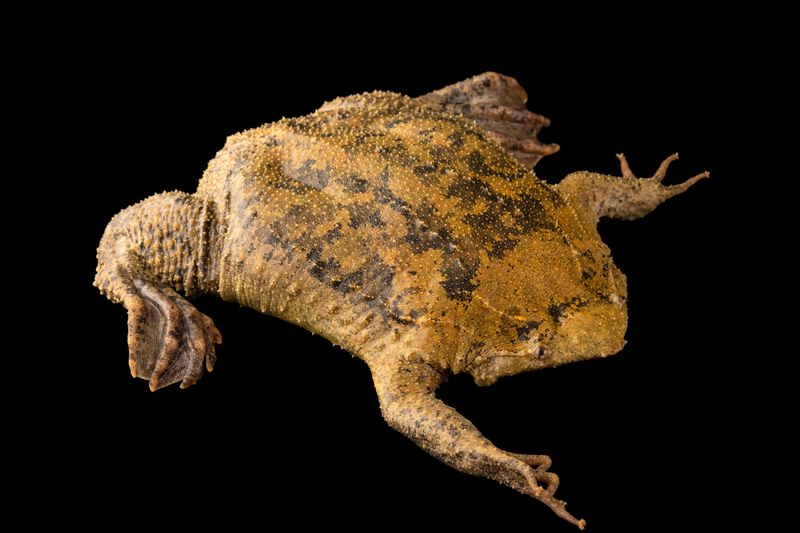
The Surinam toad, native to the Amazon rainforest, is unlike any other amphibian with its flat, leaf-like body that helps it blend into the muddy riverbeds.
But its most fascinating feature is its unusual reproduction method. After fertilizing the eggs, the male embeds them into the female’s back, where the skin grows over them, creating protective pockets.
Weeks later, fully formed baby toads emerge, skipping the tadpole stage. This extraordinary strategy ensures the young are safe until they’re ready to face the world on their own, showcasing nature’s creative ways to secure survival.
5. Japanese Giant Salamander
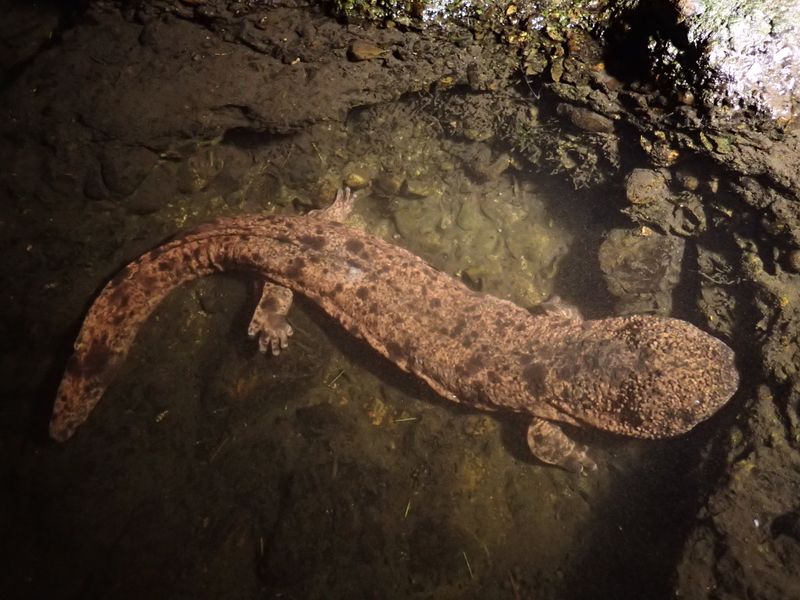
The Japanese giant salamander is an impressive amphibian, growing up to 1.5 meters long and living in Japan’s fast-flowing rivers.
Despite its size, it’s a stealthy predator, using its mottled skin to blend into the rocky riverbeds while ambushing prey. This combination of strength and stealth makes it a top hunter in its environment.
Sadly, habitat loss and pollution threaten its survival, making conservation efforts crucial. Protecting this incredible creature ensures the health of its ecosystem and biodiversity.
6. Budgett’s Frog

Budgett’s frog, also known as the Paraguay horned frog, is a South American amphibian with a huge mouth and an even bigger appetite!
When threatened, it puffs up and lets out a loud scream to scare off predators—talk about a loud defense! Its tough, leathery skin helps it survive in tough environments, while its versatile diet includes everything from insects to small mammals.
This frog isn’t just a survivor; it’s a total powerhouse of adaptability. With its unique look and quirky behavior, Budgett’s frog is one fascinating creature!
7. Cane Toad
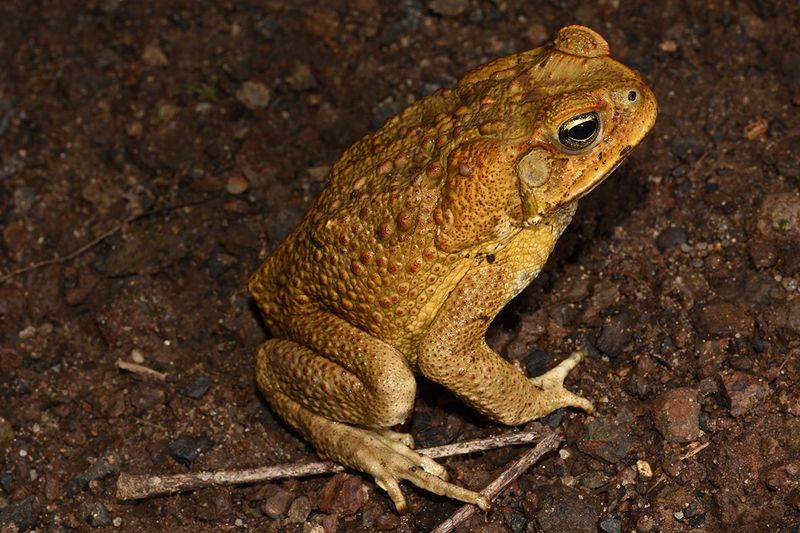
The cane toad, originally from Central and South America, has become a notorious survivor in places like Australia. Its toxic skin and glands keep predators at bay, while its ability to eat nearly anything and reproduce quickly helps it spread far and wide.
Although it’s not native to many regions, the cane toad has adapted so well that it’s become an ecological concern. Efforts to manage its population are ongoing as it continues to affect local ecosystems.
The cane toad’s success, though controversial, reminds us of the delicate balance between species and environments.
8. Tiger Salamander
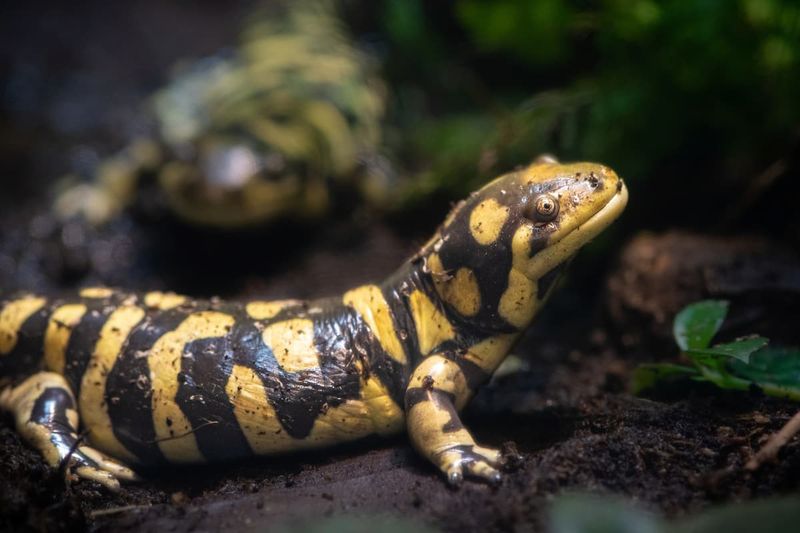
The tiger salamander, with its striking yellow spots on a dark body, is found all over North America, from marshes to urban areas. It’s a true survivor, capable of aestivating during dry spells by burying itself underground in a state of dormancy.
This clever tactic helps it weather extreme conditions until things improve. Its adaptability to various habitats makes it a fascinating creature to study, showing how species cope with changing environments.
The tiger salamander’s ability to thrive in such diverse places highlights the resilience of nature’s creatures.
9. Olm
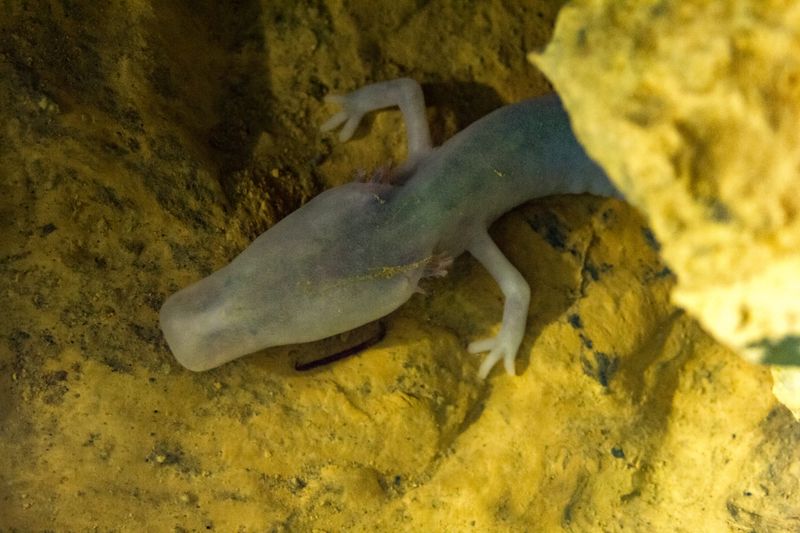
The Olm, native to the caves of Central and Southeastern Europe, is a testament to resilience. These pale, blind salamanders have adapted to life in total darkness. With a lifespan that can exceed a century, Olms thrive in environments where food is scarce.
Their ability to survive without food for up to ten years is astonishing. They rely on highly developed senses of smell and hearing to navigate their underwater world.
The Olm’s unique adaptations make it a marvel of nature, showcasing the incredible resilience of amphibians in extreme conditions.
10. Sharp-Snouted Day Frog
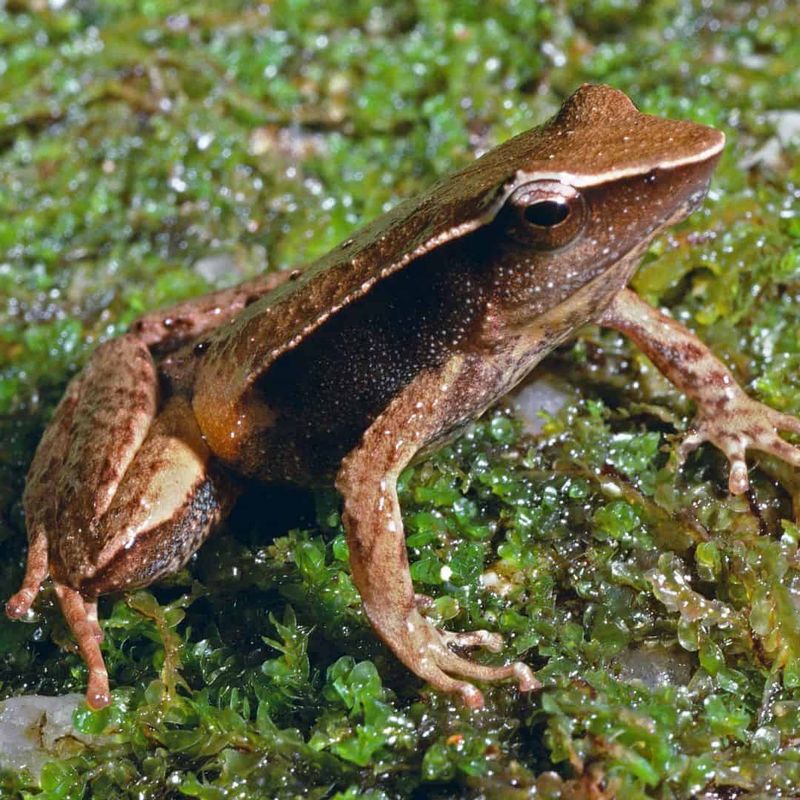
Native to Australia, the Sharp-snouted Day Frog is a small yet resilient amphibian. Despite its declining numbers due to environmental threats, this frog displays incredible adaptability.
The sharp snout isn’t just for show; it’s a tool for burrowing into the moist soil of rainforests. This behavior helps it evade predators and extreme weather.
While its survival is challenged by habitat loss, the Sharp-snouted Day Frog’s ability to adapt to its surroundings is a testament to the resilience of amphibians in the face of adversity.



